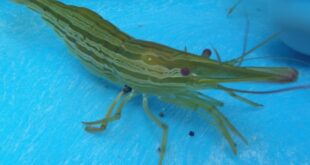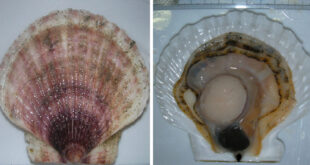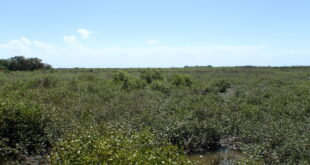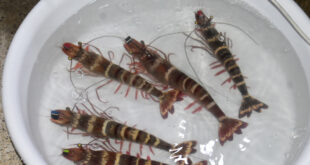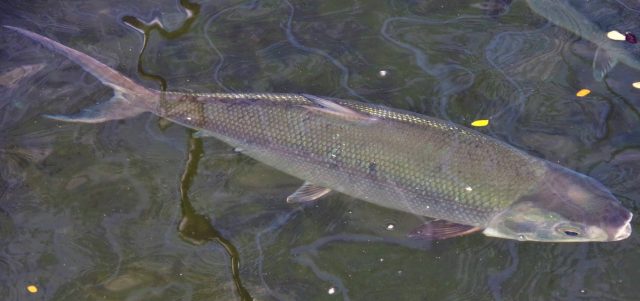
Despite being widely regarded as the unofficial national fish of the Philippines, about half of the milkfish on Filipino tables are born in hatcheries in Indonesia and Taiwan. This is the result of a perennial shortage of fry, the baby milkfish in the Philippines, that are seeded into fishponds, netcages and pens where they continue to grow to marketable sizes.
Recently, the Southeast Asian Fisheries Development Center, Aquaculture Department (SEAFDEC/AQD), an international research institution in Iloilo, Philippines alongside the Philippine Department of Agriculture – Bureau of Fisheries and Aquatic Resources (DA- BFAR), has been finding ways to lift the country into milkfish fry sufficiency.
In rough numbers, the goal is to locally produce an additional 1.2 billion fry annually to complement the 1.1 billion fry that, according to DA-BFAR estimates, are already being produced by existing hatcheries and collected from the wild. Total national requirement stands at 2.5 billion and the expansion of local production is expected to reduce importation by 85 percent.
To do this, SEAFDEC/AQD has been working with DA-BFAR towards establishing dozens of legislated multi-species hatcheries around the Philippines that can each produce 25 million fry every year while another measure is the repair and rehabilitation of abandoned hatcheries around the country.
Environmental manipulation
While completion of these infrastructure projects understandably take time, a third measure has already gained some immediate success when SEAFDEC/AQD simply manipulated water temperature to set the mood for milkfish breeders to spawn during colder months.
Data from the SEAFDEC/AQD hatchery in previous years show that the breeders only spawned between March and October when the weather, and consequently the water, is warmer. From November to February, the hatchery was essentially unproductive due to lower water temperature.
To improve the annual production of the hatchery, SEAFDEC/AQD raised the temperature in the water system of a breeding tank to at least 29 degrees Celsius while in another breeding tank, water was left unheated at a colder temperature of 26 degrees Celsius.
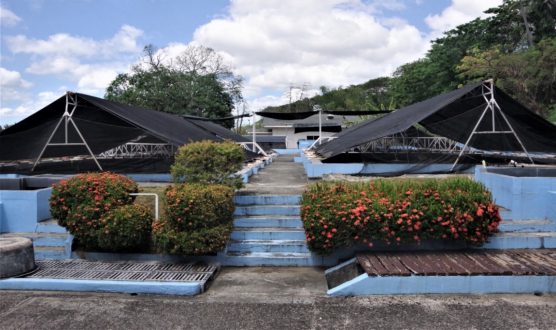
Since December 2019 to February 2020, during otherwise zero-production-months, a total of 23 million good eggs were collected from the heated tank that contained 76 breeders. From these, almost 13 million normal larvae were hatched whereas in the case of the unheated tank, no spawning occurred.
In anticipation of expanded production, SEAFDEC/AQD’s milkfish hatchery is currently being expanded to accommodate more tanks for breeders and fry.
Dan Baliao, Chief of SEAFDEC/AQD says that environmental manipulation is necessary to demonstrate the year-round spawning of milkfish breeders in the Philippines.
“What we wanted here to happen for those hatcheries struggling to stay productive during off season or colder months, is for them to strongly consider turning up the heat in their broodstock tanks,” he said.
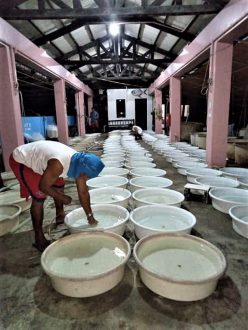
 SEAFDEC/AQD Southeast Asian Fisheries Development Center | Aquaculture Department
SEAFDEC/AQD Southeast Asian Fisheries Development Center | Aquaculture Department
